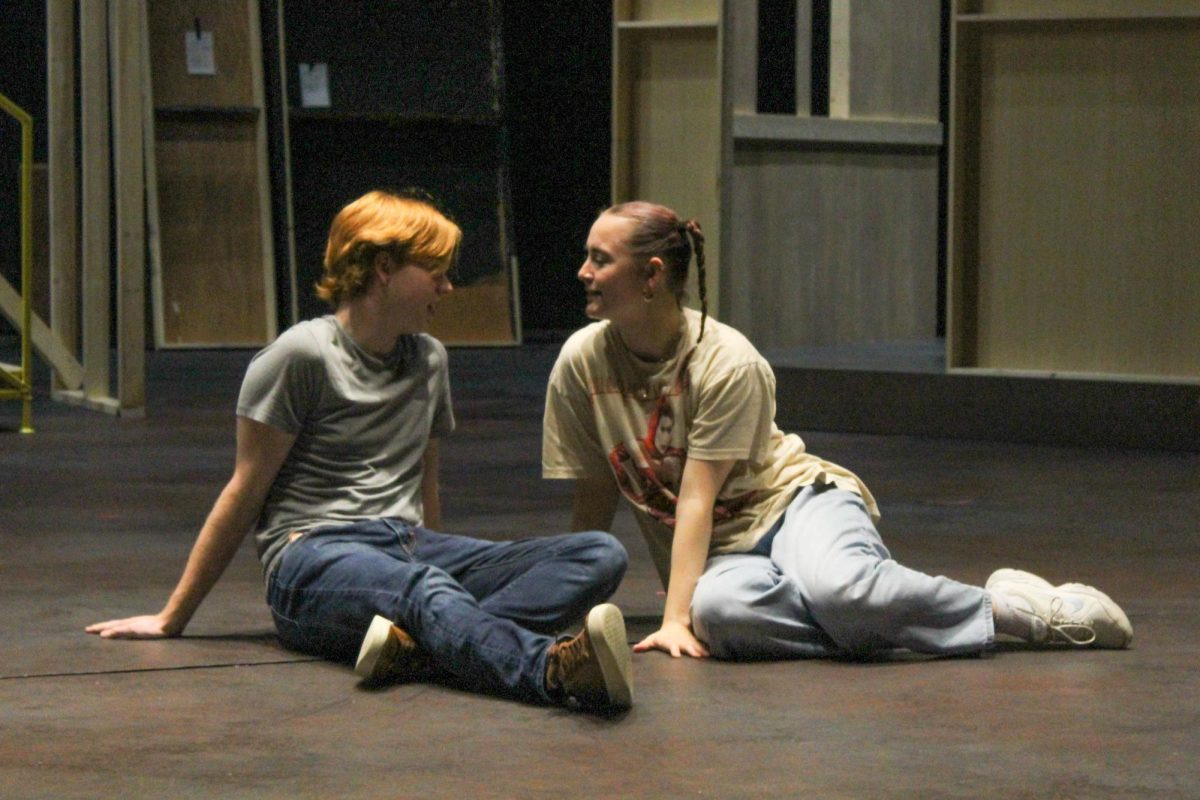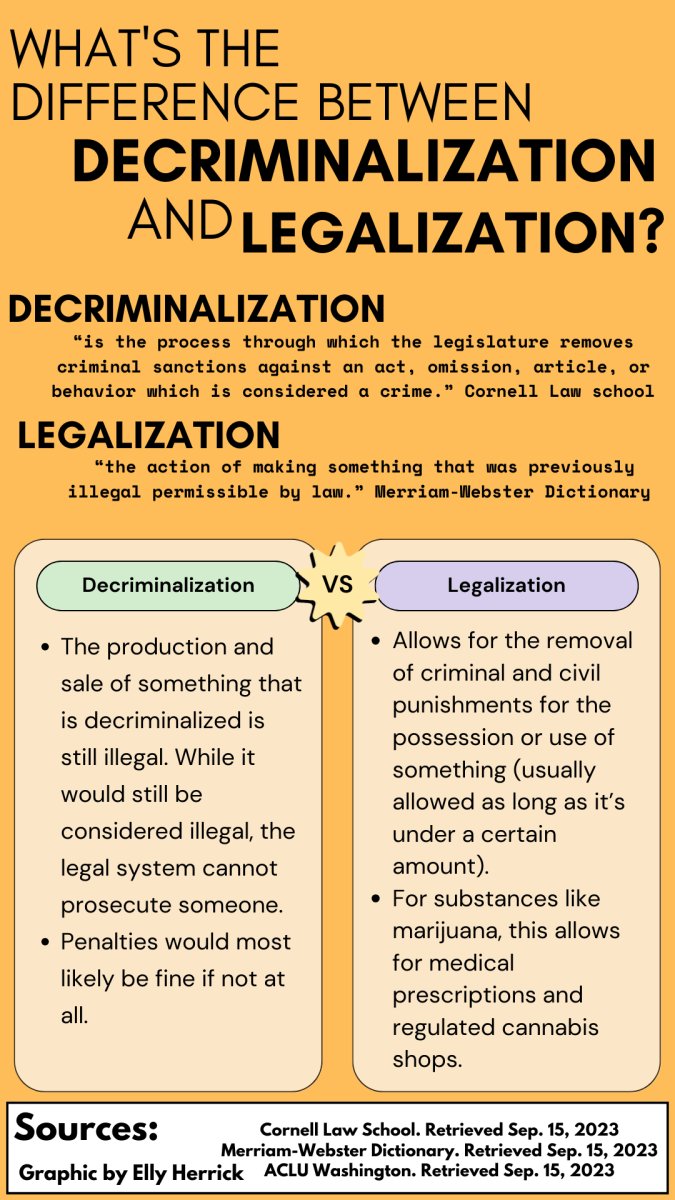Victoria McKenzie/ Winonan
Women in tight clothing are dancing against men to the beat of a hyper-sexualized song containing violent and offensive language. One woman has too much to drink, and a man starts to carry her up the stairs. Another guy intervenes and brings her home safely.
Some may assume this would be the end of the heroic tale; however, what happens to the hero of the story? Often times in these types of instances, especially on college campuses, the respectable man is labeled as a “cock-blocker” or “captain save-a-hoe.” Jonathan Luke Wood discussed both of these terms and situations like this during his speech, “Countering Hegemonic Masculinity,” on October 22.
This year Winona State University received a grant to help fight sexual violence, and Wood’s event is just one of the numerous other events hosted through the program created with the grant.
According to the grant committee, one of the goals of the grant is to help make male advocates who will work to change the culture that allows sexual assaults of women.
“Countering Hegemonic Masculinity” specifically addressed the problems men face when being advocates, by looking at how our culture defines masculinity and reinforces certain behaviors.
Wood began by explaining messages about how manhood and masculinity originate from schools, male peers, families, fathers and media.
Wood said starting at a young age “fathers instill values of competition, toughness and aggressiveness,” in their sons, which, according to Wood, is taught through the types of toys they are given, punishments they receive and sports and games they are taught to play. Peers eventually play a large role too, Wood said.
Boys learn what is an acceptable display of masculinity through their peers’ aggression, as well as their insults and phrases, Wood said. He continued and said typical examples of these are phrases such-as, “sissy,” man-up” and “boys will be boys.”
Gretchen Haga, a fifth year senior and communication arts and literature teaching major, said the speech was effective in displaying current masculine culture.
“It provided typical examples of conversations had by men that perpetuate the culture of aggressive masculine culture,” Haga said.
After Wood’s presentation, a panel of men spoke about their personal beliefs and experiences with how their masculinity is defined.
Haga said the diversity of the panel’s experiences changed her perception of masculinity.
“The panel [was] especially eye opening with the varied representation of men of different races, ethnicity, age, interests, sexual orientation and experiences,” Haga said. “They were all men who had discovered for themselves that they didn’t want to be apart of the harmful cycle that affects so many men.”
According to Inclusion and Diversity director Alexander Hines, earlier in the week there was an all male program to help define masculinity.
“We could look at how we are defined, how masculinity is defined, and who defines our masculinity: media, men, history,” Hines said.
Wood said men who take a stand against sexual violence are often “demonized as non-male” and “feminized with words.”
Haga said she hopes those who attended the event “will continue the conversation around countering hegemonic masculinity and become a tool of influence in their daily lives in order to affect the larger community.”
Although Haga said she found the event “informative and eye opening.” She also said the speech would have been more effective if it was given to people of all backgrounds.
“I felt that many of the people who attended likely already agree or were interested in learning more about the topic itself,” Haga said. “I feel that a topic such as this should be presented to all college students, high school students and even the larger community.”


































































